As they transition out of Phase 2 workouts, the Redskins next week will move into the OTAs portion of their offseason workouts. That means helmets will be on and unit work can commence.
It's almost that time to snap on the chinstrap once again.
Next week, the Washington Redskins will begin OTAs after two weeks of Phase 1 workouts and three weeks of Phase 2 workouts.
Phase 1 workouts consisted exclusively of strength and conditioning drills, while Phase 2 workouts allowed for individual and "perfect play" drills.
Unlike those first two segments of training, though, helmets are allowed in OTAs along with more than just individual work.
For the veterans, this will be the first time they've had a chance to compete on the field with their teammates in months.
"Oh, beyond [excited]," general manager Scot McCloughan told Redskins.com on Thursday. "It's what I live for. I'm looking forward to it, and so far in the offseason has been great. Not just from the standpoint of what we did as a personnel department and as a coaching staff to get players in here, but the guys working on the field. They're here, they're working hard. There's more speed, there's more quickness, there's toughness there's more competitiveness. I'm excited, very excited."
The Redskins' three weeks of OTAs will be held May 24-26, May 31-June 2 and June 6-9. During this time, 7-on-7, 9-on-7 and 11-on-11 drills are allowed. Additionally, no live contact is allowed nor can pads be worn outside of helmets and protective knee and elbow pads.
After OTAs, the Redskins will host veteran minicamp from June 14-16. It will be the team's final on-field work before training camp starts in July.
Check out images from the Washington Redskins' offense during their twelfth day of Phase 2 offseason workouts at Redskins Park in Loudoun County, Va

















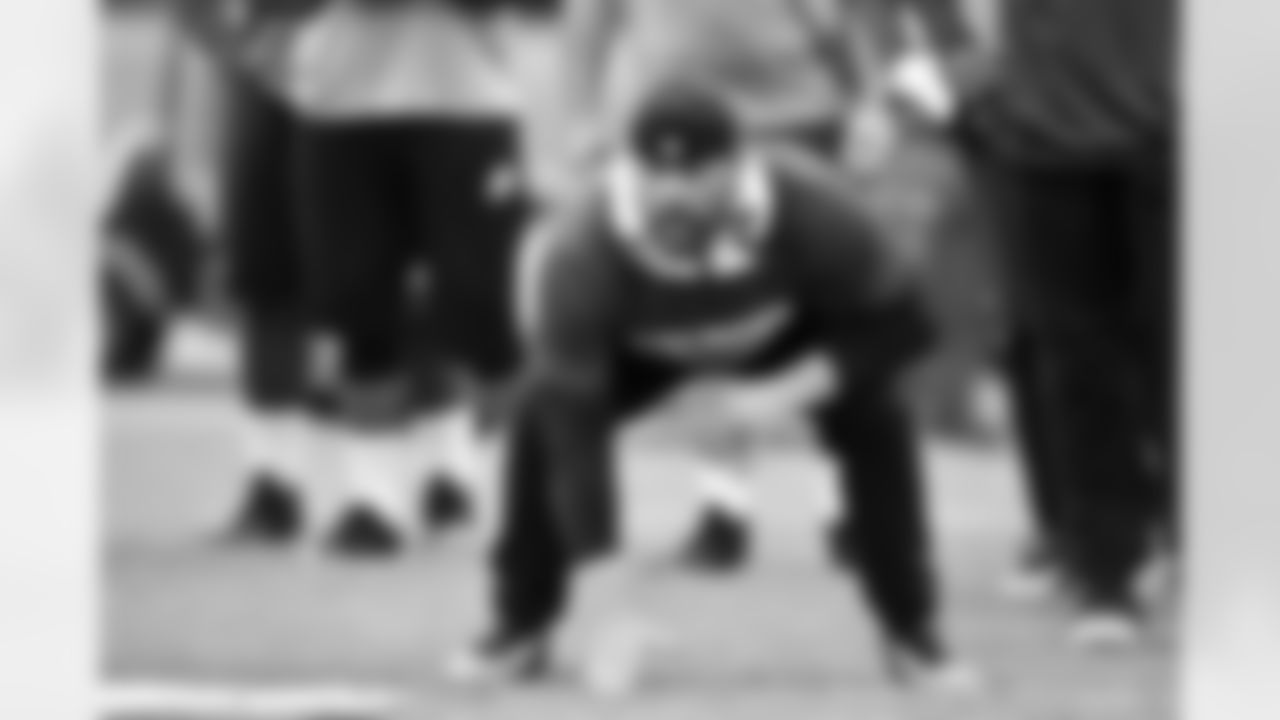





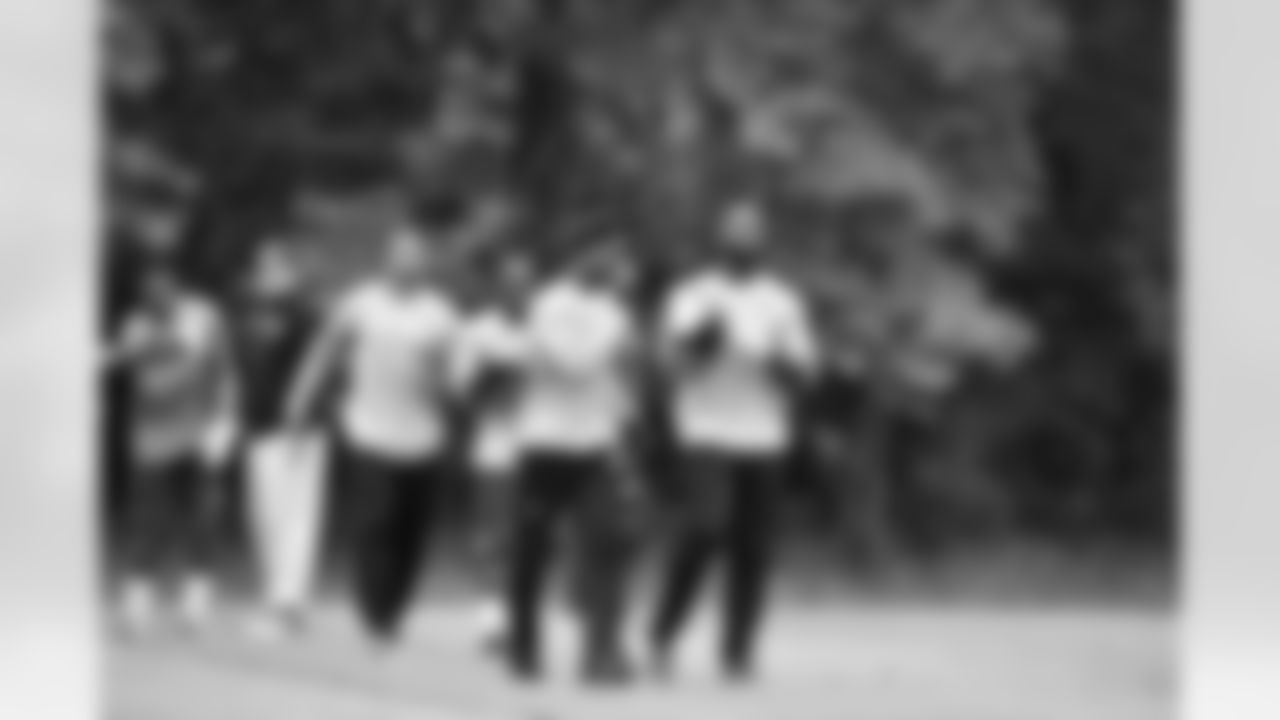
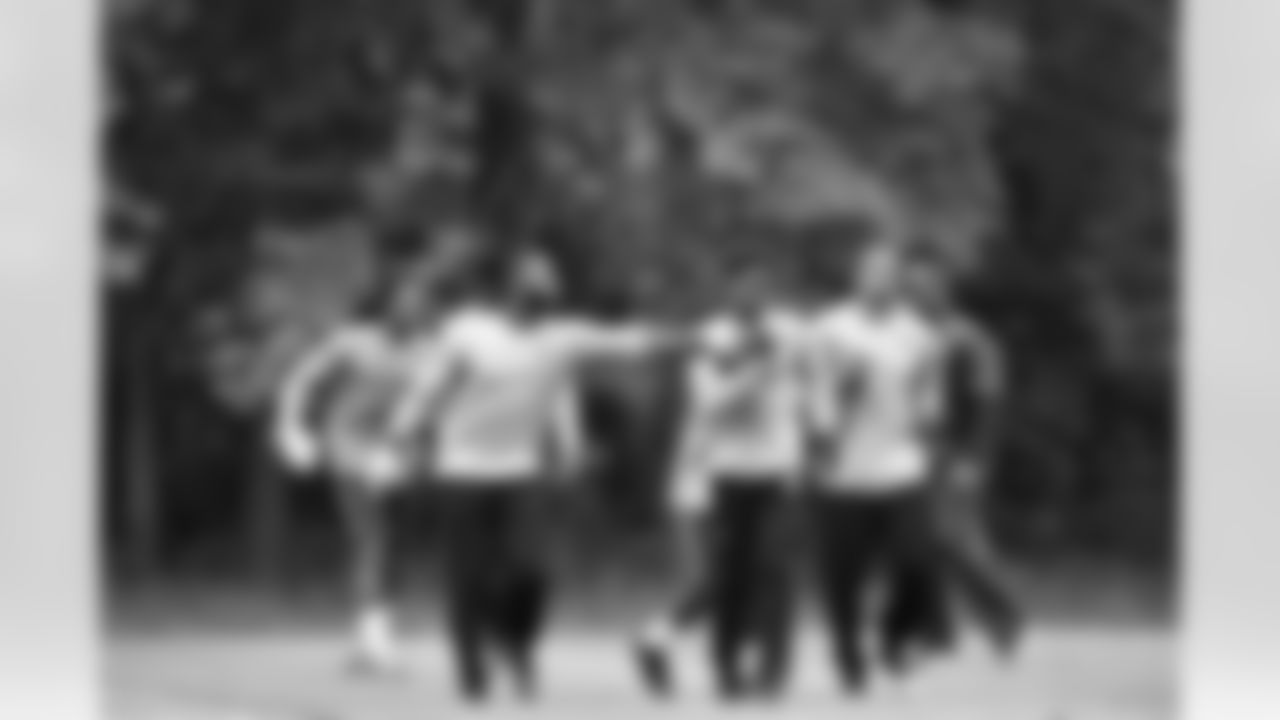
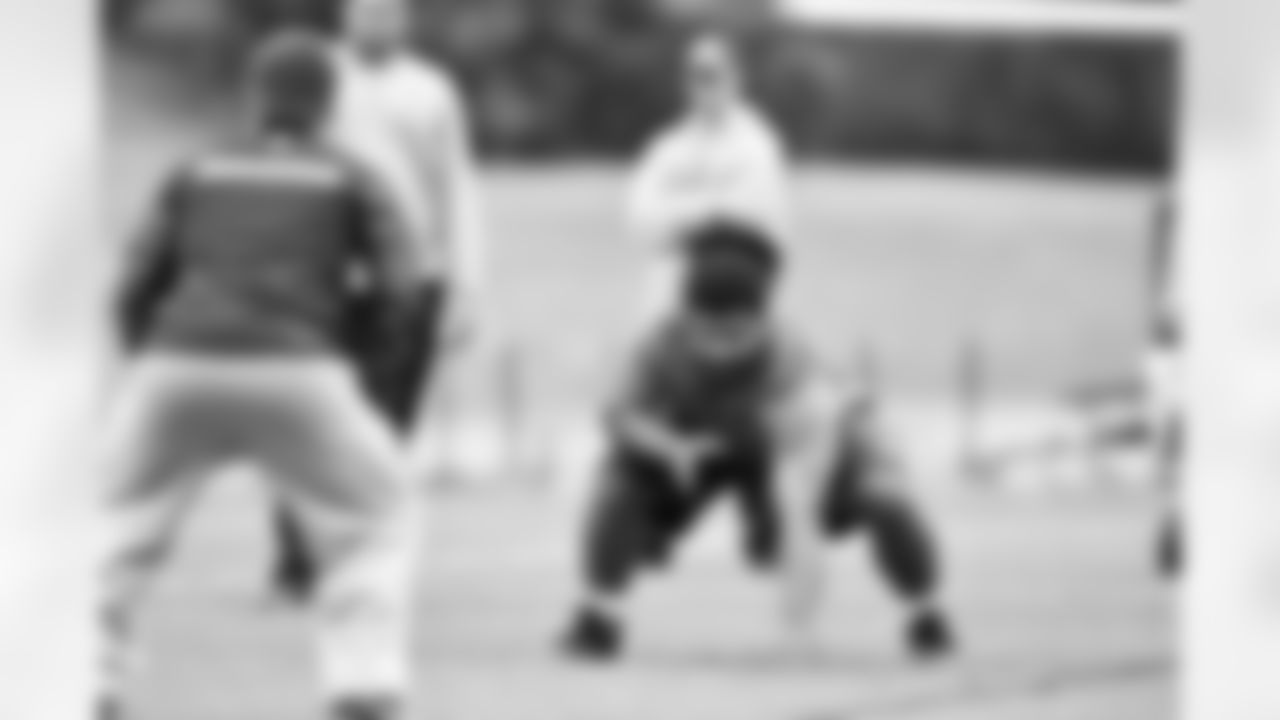










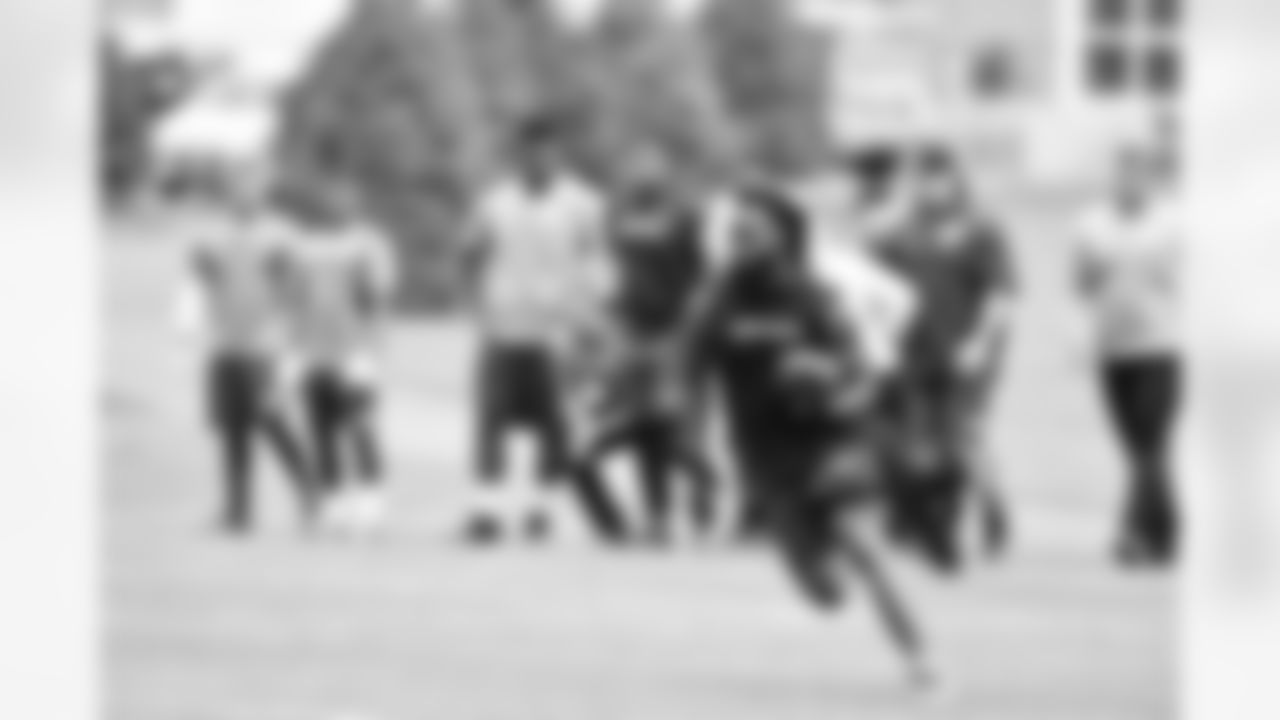


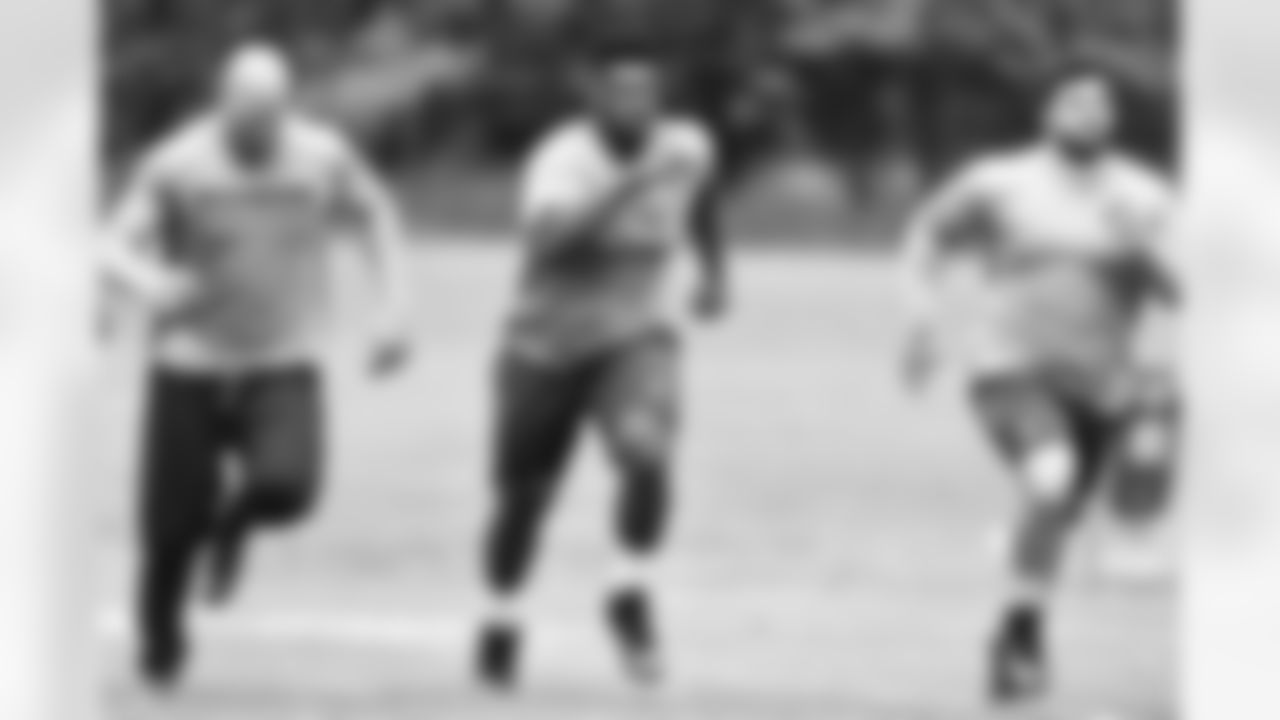
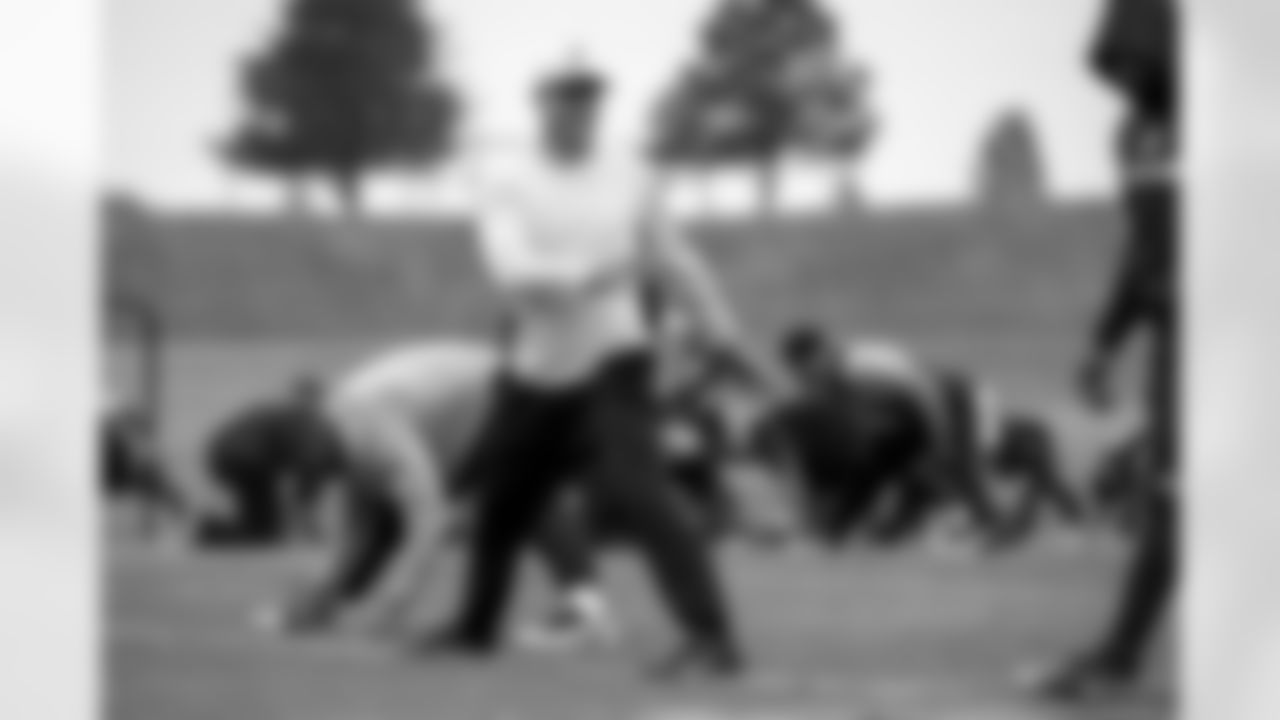




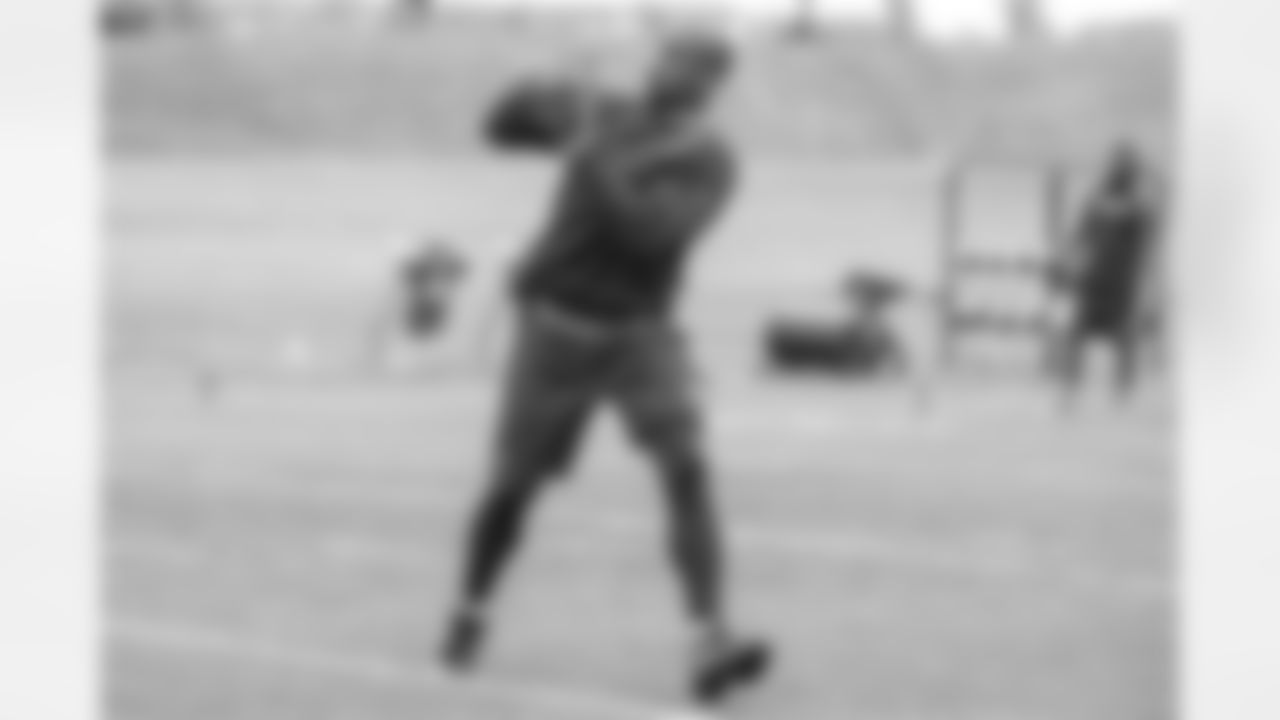
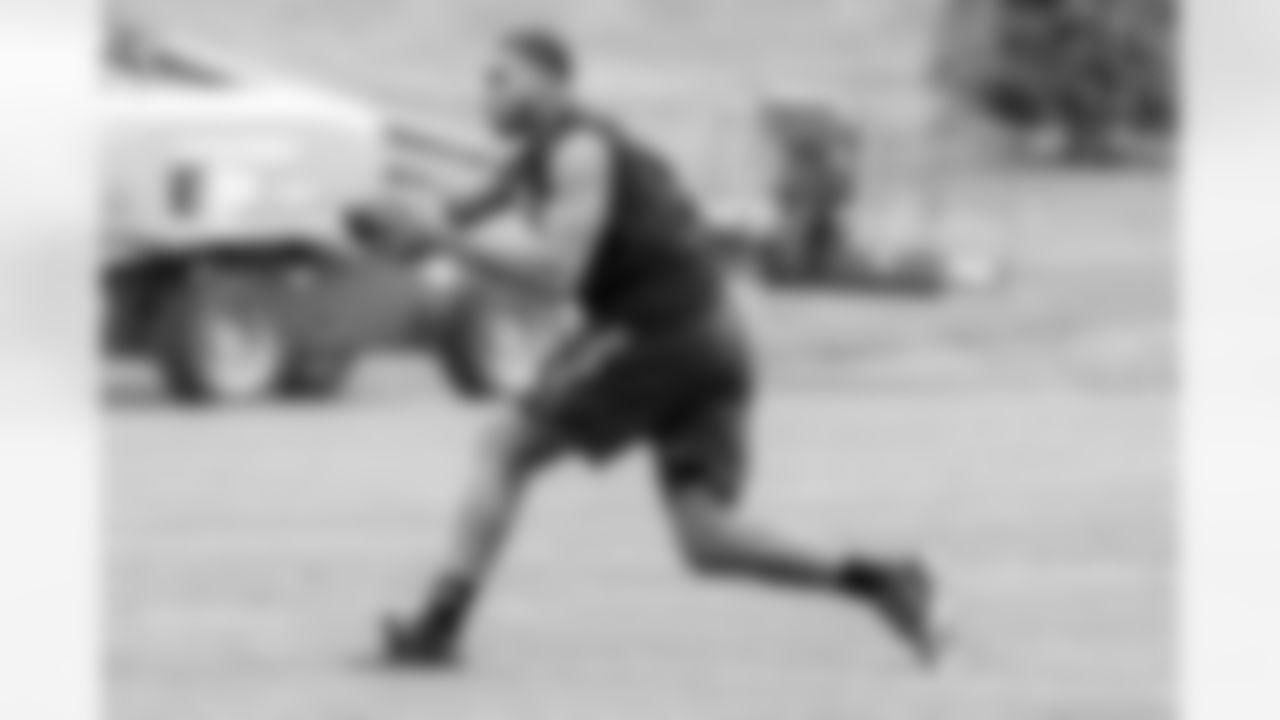

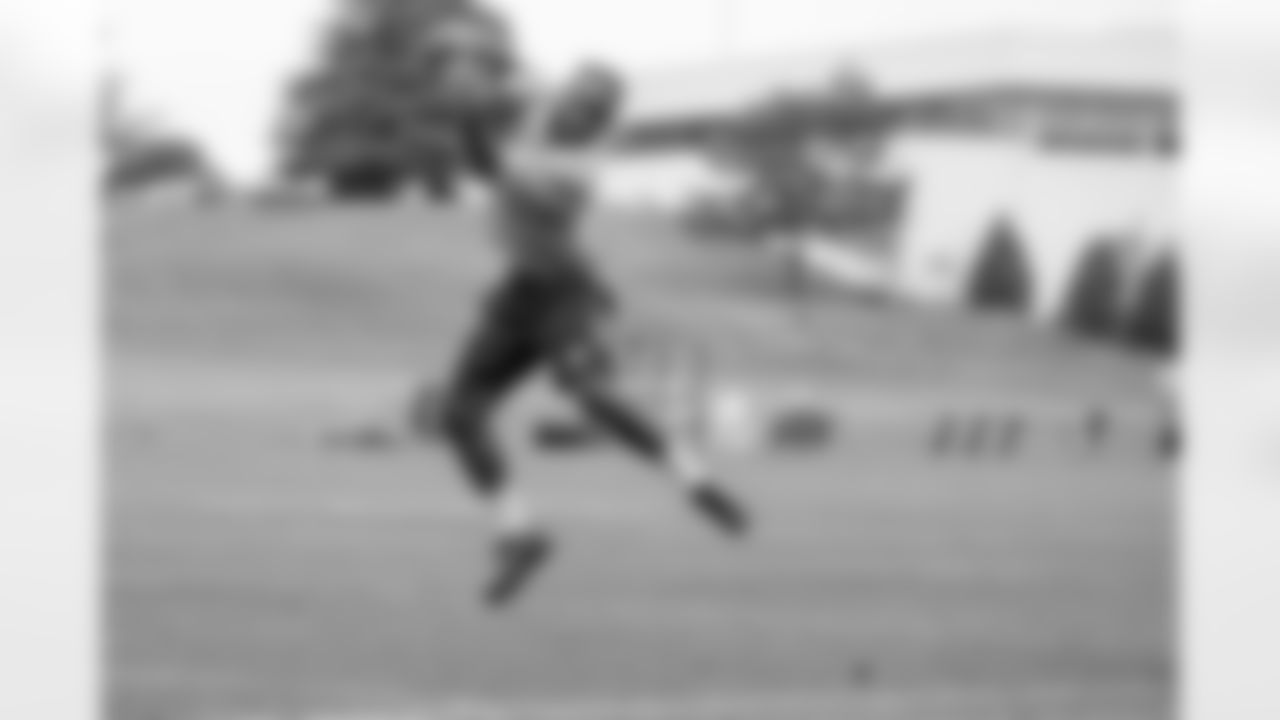
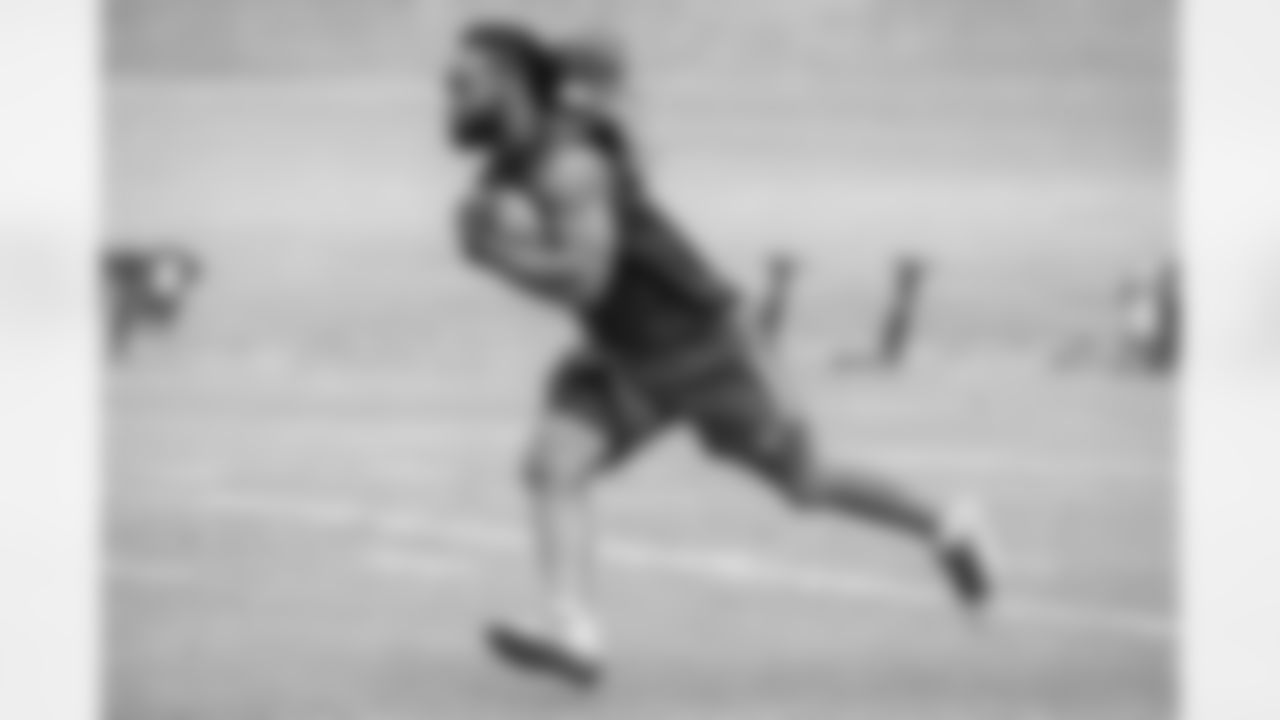
"It's been going really well," Redskins linebacker Ryan Kerrigan said of offseason workouts. "It seems like we've been getting after it a little more physically earlier than normal, doing a lot more full speed football drills earlier in the offseason than we're used to and I think that should make for a better transition to OTAs when the helmets come on and we're actually practicing football. So I think that'll help us, further us along earlier."
Guard Spencer Long echoed Kerrigan's sentiment. While the first two phases of offseason workouts are great for getting back into football shape and strengthening skillsets, nothing can match actually being on the field going through drills as a collective group.
"You have to be able to go against each other 1-on-1 stuff and drill work where we can have bodies," Long said recently. "We're working on translating some stuff now and as soon as we get out, we'll see how it really works. We're still practicing with anticipation that we're going to be on the field in a week, but also training very smart and making sure we're not going overboard hurting somebody in May. You've got to be wise, but you train as hard as you can while being smart."
Yes, OTAs provide players the opportunity to further their development and timing together, but for younger players fighting for a roster spot, it also allows them to show how much they've progressed over the last few months.
"Going into OTAs everything is relearned," second-year center Austin Reiter said. "I get to go out there and feel what the second year feels like and what it feels like to know everything like the back of my hand and have that feeling that the plays and the communication are all slowing down."
.
.
.














